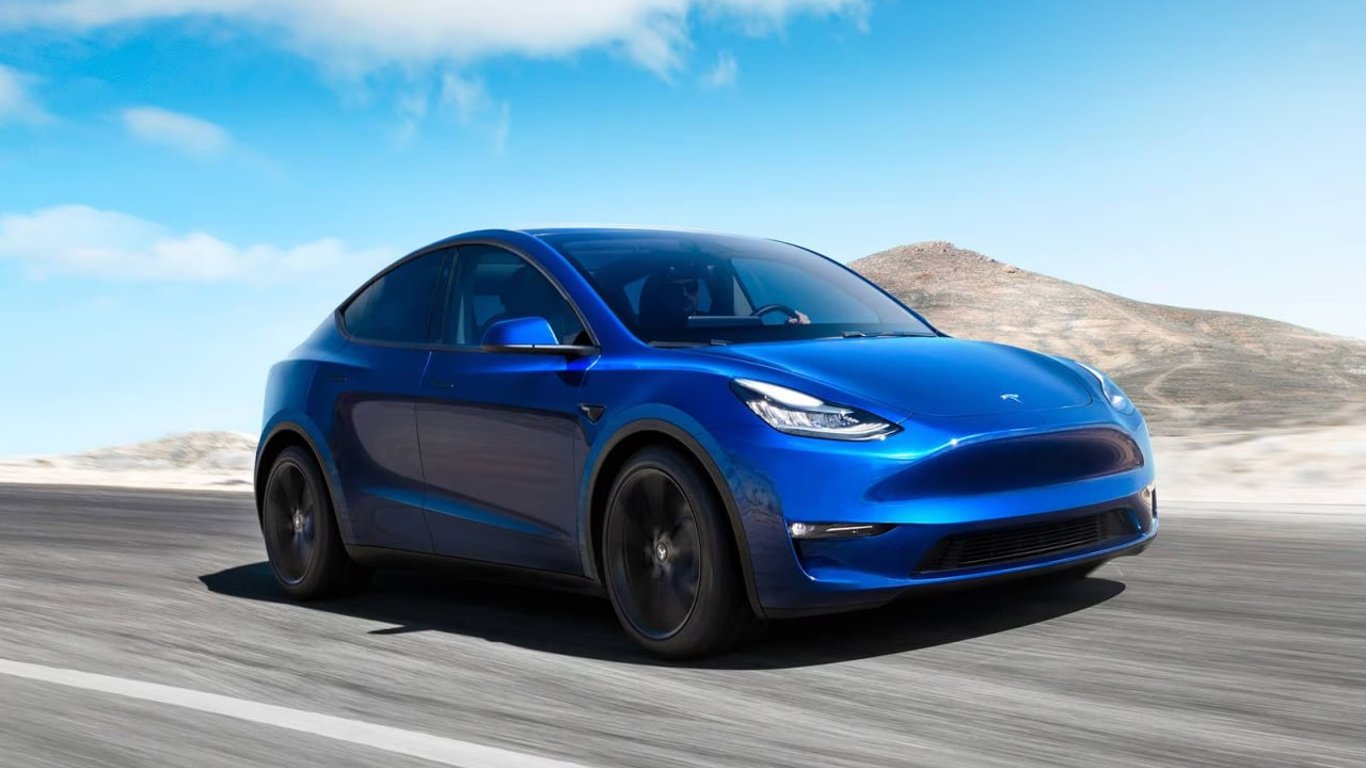How Heat Really Threatens Electric Vehicles.


Most electric car drivers are concerned about how their vehicle will handle abnormally high temperatures in the summer. In fact, most modern electric vehicles have a heat protection system, especially regarding their most expensive component — the battery.
Autogid wrote about this.
Cooling System
Electric vehicles, unlike combustion engine cars, have liquid cooling systems with sensitive temperature sensors that monitor the state of the battery, electric motor, inverter, and charging module.
When the temperature exceeds normal levels, the system automatically activates cooling or reduces battery power to avoid overheating.
Charging Heat
The optimal temperature range for lithium-ion batteries is +20-35 °C. If the temperature rises to +40–45 °C, it starts to affect the battery's lifespan. At over +60 °C, serious damage is possible, but reaching this in normal operation is difficult.
To avoid unnecessary strain on the battery during the heat, it is advisable to look for charging stations with active cooling. Also, do not charge the vehicle immediately after a trip; let it cool down. Try to park in the shade or use a charging timer at night.
Most modern electric vehicles have a heat protection system that monitors battery temperature and automatically initiates battery cooling when exceeding normal levels. For prolonged and efficient use of electric cars in the summer, it is recommended to be cautious with the charging process and avoid overheating the battery through proper parking and active cooling.
Read also
- Manual or Automatic Transmission - Which is More Economical
- The Worst Years of Release for the Popular Tesla Model Y in Ukraine
- Why is there a USB port on a Wi-Fi router - 6 useful applications
- British experts identified the three most reliable cars
- Is Oil for High Mileage Cars Suitable for New Engines?
- Dead pixels on the display — how to find and fix the defect









